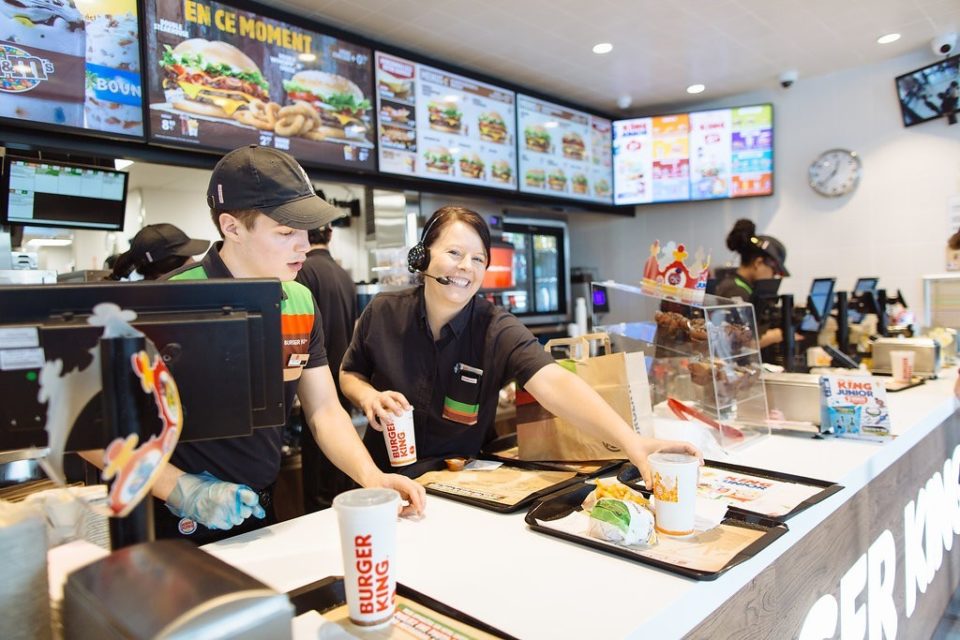Startups are, by definition, risk-taking operations. They go up against giant corporations that are better funded and more firmly entrenched. They upend industries. None of that happens by following tried-and-true paths. It only happens by plunging into the unknown.
Founders aren’t the only ones who need to be comfortable with ambiguity. In the early years, everyone in your company must be ready to shoulder risk. Not just in their initial decision to join your unproven startup. They also need to be comfortable taking risks in the ways they do their jobs, especially when you’re still trying to figure out what the product is and how the business model should work. If your company’s culture doesn’t encourage taking calculated risks—trying out unproven features, or innovative marketing strategies, or unconventional pricing ideas—you’ll never grow 10x in the short amount of time you have to work with.
Here are six practices that will help you build a successful risk-taking culture:
1. Hire for entrepreneurial mindsets (at least among the first hundred employees). If the first 10 employees define a company’s culture, the next 90 solidify it. Of course, the bigger you get, the more you’ll start bringing in people who are psychologically more conservative. But the culture created by those first hundred hires will live on as your headcount grows to 500, 1,000, and beyond. The more entrepreneurial those first folks are, the more that ethos will be baked into your company’s culture.
2. Let your teams know that you know a project is risky. One year, Minted launched a new business around personalized handbags. “I told the team, ‘I don’t know if this is going to succeed, but let’s just go have fun with it,’” Mariam Naficy says. Her people tackled it with confidence, knowing that even the boss knew the project might not live up to her hopes. That gave them courage to run with it. “Nobody was saying, ‘Oh, God, we have to be perfect, so I don’t want to be on this team.’”
3. Make it fun. “Fun” as in playful, open-ended, and adventurous. Research has shown that the more playful a person’s mindset is, the more creative breakthroughs they have. When you task people with trying something new, you emphasize exploration and discovery, rather than producing a specific result.
4. Don’t “punish” employees whose projects fail. A culture where failure is penalized makes a founder’s job harder. People will start hiding bad news out of a reasonable concern for self-preservation. If a team fails at something, “Don’t come down on them too hard,” Box’s Aaron Levie says. And be mindful of what project you give them next. Putting “failed” teams on backwater projects sends a dangerous message. “People are going to start to think they should only work on high-profile, low-risk projects that are assured of success,” Aaron says. Then, over time, “the company is going to stop doing really innovative, interesting things.”
5. Set guardrails. The risks you and your teams take need to be proportionate. The size of a project should be appropriate to the experience of the person or team. Don’t ask someone to climb Mount Everest before they’ve summited a hill in their backyard. Establish guardrails regarding the size of the project, the budget, and/or the timeline. Set milestones for reporting on the progress they’ve made and what they’ve discovered. And define parameters for the circumstances under which you should kill the project.
6. Do postmortems and celebrate learnings. A “failed” project isn’t over until your team has studied what worked and what didn’t—and they’ve extracted insights that the rest of the company can learn from. Then break out the champagne. That’s what they used to do at Google X, which was launched by Sebastian Thrun before he went on to found Udacity and then Kittyhawk. “We always wanted to tell people that failure is about learning. When you learn something that gives you an important insight, that’s great,” he says.
Contributed to Branding Strategy Insider by: Frederic Kerrest, excerpted from his book, Zero to IPO: Over $1 Trillion of Actionable Advice from the World’s Most Successful Entrepreneurs
The Blake Project Can Help: The Brand Strategy Workshop For Startups
Branding Strategy Insider is a service of The Blake Project: A strategic brand consultancy specializing in Brand Research, Brand Strategy, Brand Growth and Brand Education




